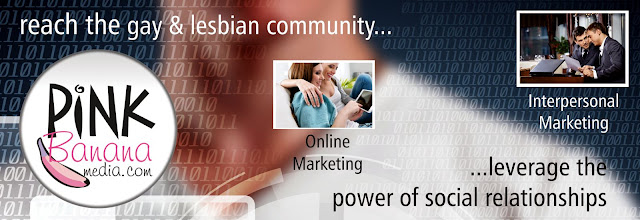In years past, when a client was looking to reach the LGBTQ community online, we would start with their ad creative and go from there, adapting and maximizing it to optimal banner ad sizes, both for the desktop and mobile, as well as e-mail newsletter sponsorships. If a client wanted a more robust campaign, we would then explore content, usually in the form of editorial, that could be adapted, edited and run on various LGBTQ websites online. Over the past few years, we have reversed this trend. We now start with targeting first, trying to understand WHO the client is trying to reach (i.e., an LGBTQ traveler who has shown an interest in traveling to Madrid, or a gay bear who has shown an interest in cruises and lives in Florida) . From there, we ask the question as to HOW we’re going to communicate to this audience using the client’s message. Will it be in the form of a blog post, a series of photos, or perhaps a video. This is the content. We then distribute that content out






